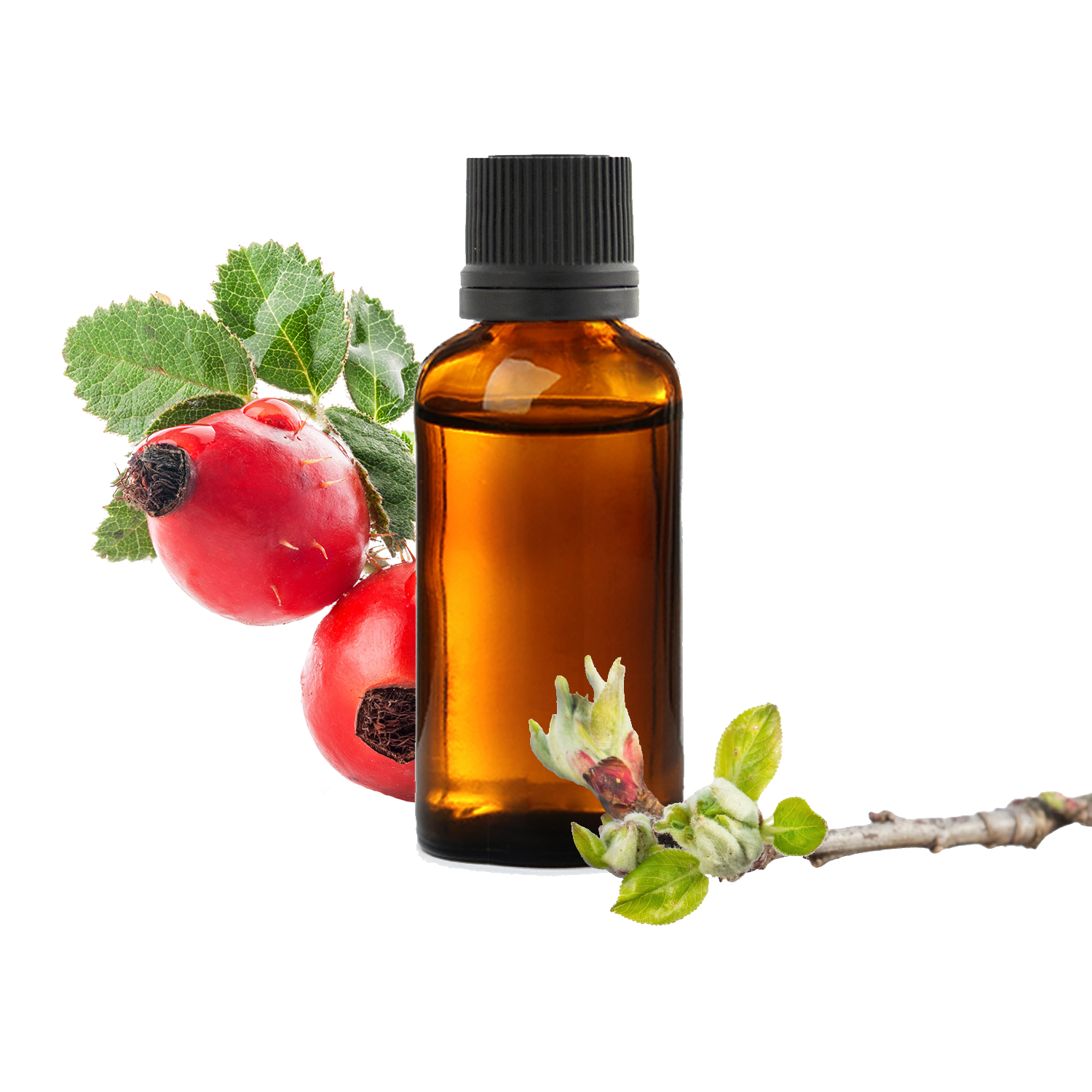
The Rosehip, also called Wild Rose, is a rather thick and bushy shrub belonging to the Rosaceae family. Its young shoots macerated in alcohol, glycerin and water offer spectacular actions on the immune, respiratory, but also joint and endocrine systems. He will be a true protector for young children, but also deficient, anemic and fragile people. Rosehip bud macerate will be very suitable for situations involving childhood ENT problems, strengthening immunity and osteoarthritis. Latin name: Rosa canina L. Part used: Young shoots
This article was updated on 19/07/2023For what problems should it be used?
-
Immune and respiratory system ++++ : Respiratory allergy, Allergy, Asthma, Herpes, Immunity, ENT infection, Rhinitis, Nasopharyngitis, Sinusitis, Tracheitis, Angina, Hay fever
-
Digestive system +++ : Colitis, Diarrhea
-
Osteoarticular system +++ : Osteoarthritis, Bone demineralization, Osteoporosis, Rheumatism
-
Cutaneous system +++ : Itchy skin, Eczema, Boil, Wart
How to use it alone?
Adults and adolescents : 5 to 15 drops per day in a glass of water, divided into 1 to 3 doses during the day depending on the case, 15 minutes before a meal for 3 weeks. Start with 5 drops and increase gradually:
- or one drop per day up to 15,
- i.e. 5 drops the first week, 10 the second and 15 the last.
Children over 3 years old : 1 drop per day for 10 kilos. Start with 1 drop and gradually increase.
Synergistic uses
Immunity
Rosehip is one of the reference bud macerates for stimulating immunity. It can be associated with Cassis, stimulating the adrenal glands, and Silver Fir which stimulates the bone marrow.
ENT infection
Rosehip can be used with macerate of buds of Poplar, general anti-infective, and bud macerate ofGlutinous Alder to boost immune defenses and limit inflammation.
Nasopharyngitis
The Rosehip, the Poplar and the Silver Fir form the perfect trio against nasopharyngitis for their anti-inflammatory, anti-infectious and immunity-stimulating properties.
Main properties
-
anti-inflammatory :
rosehip bud macerate acts on different types of inflammation: respiratory, joint, digestive or skin. Its action on the ENT sphere is well marked, particularly on the upper respiratory system. It is a regenerator of recurrent inflammation of the mucous membranes (allergies, asthma, etc.). It is particularly useful in cases of chronic problems, and is very effective on deficient, weakened or demineralized soils. It is commonly used in children, in cases of growth delay or problem linked to various inflammations.
-
immunostimulant :
rosehip has a slow and profound action on immunity, so it is generally used in courses lasting several months. It is the bud of fragile and deficient soils. It is a general regenerant, it acts on immune defenses, chronic conditions and repeated inflammations. It can be used for prevention or at the start of the infection. It is particularly useful for children lacking immune defenses.
Precautions for use
- Rosehip bud macerate is a herbal food supplement. It does not replace a varied diet and a healthy lifestyle. It is important to keep it out of the reach of children and not to exceed the recommended daily dose. Dosages must be adapted for young children.
- Rosehip bud macerate is authorized for the whole family, except for babies under 3 years old and pregnant women.
- Store away from light and heat.
What does a good Rosehip bud macerate look like?
Botanical characteristics
- Latin name: Rosa canina L.
- Botanical family: Rosaceae
- Distilled part: young shoots
Composition
- Composition: Alcohol* 32%, Water, Vegetable Glycerin*, Rosehip bud extract (Rosa canina L.)*.
Organoleptic characteristics
- Appearance: liquid - possible cloudiness
- Color: orange-brown
- Odor: fruity, slightly alcoholic.
- Taste: fruity, alcoholic.
Was this article helpful to you?
Average grade: 4.8 ( 405 votes)
Bibliography
Work : Piterà di Clima, F., & Nicoletti, M. (2018). Summary of gemmotherapy - Scientific foundations of Meristemotherapy. Amyris Editions.
Work : Boistard, S. (2016). Gemmotherapy - Buds for health - Practical and family guide. Terran Publishing.
Work : Andrianne, P. (2011). Treatise on gemmotherapy: Therapy using buds. Amyris Editions.
Work : Halfon, R. (2011). Gemmotherapy - Health through buds. Dangles Editions.
Work : Ledoux, F., & Guéniot, G. (2014). Phytembryotherapy: The embryo of gemmotherapy. Amyris Editions.
Work : Pineau, L. (2019). The great book of gemmotherapy. Leduc.s Éditions.


